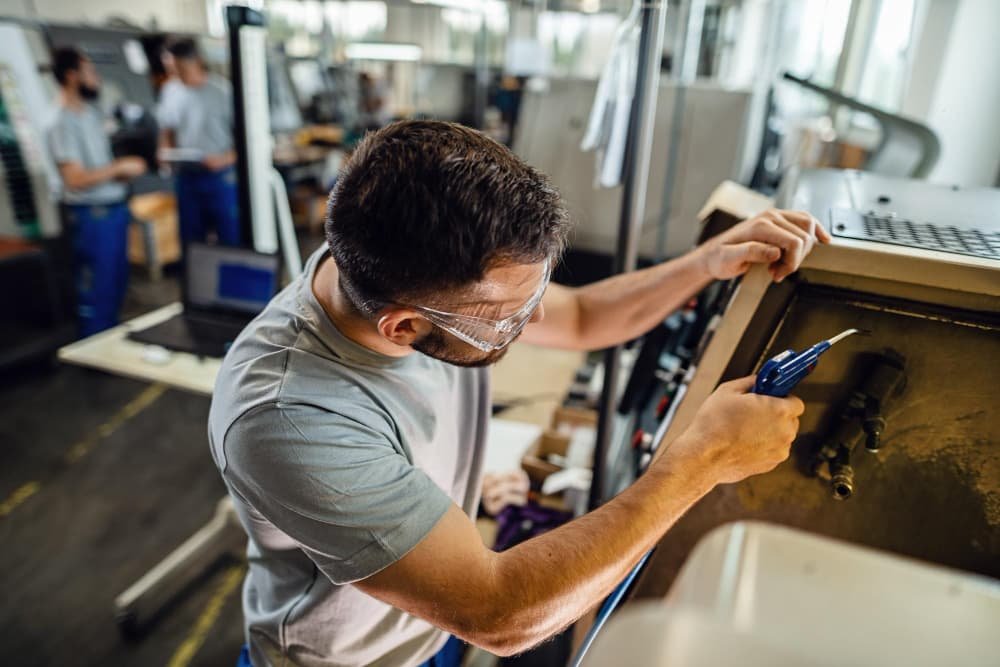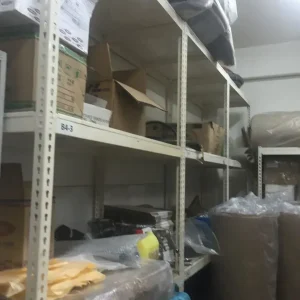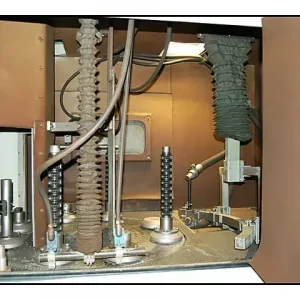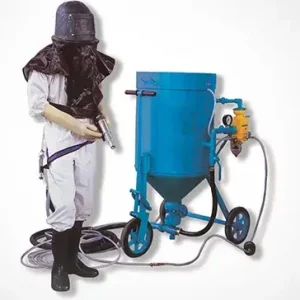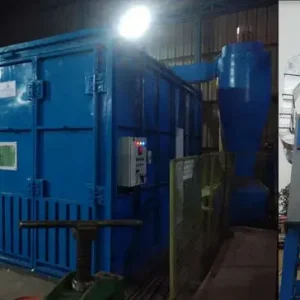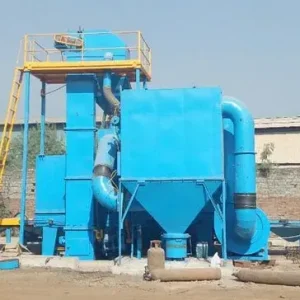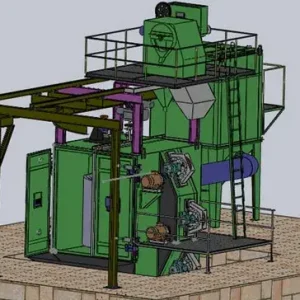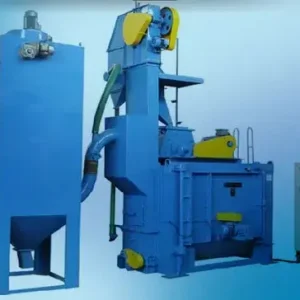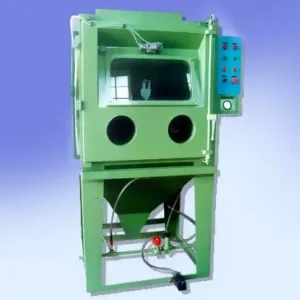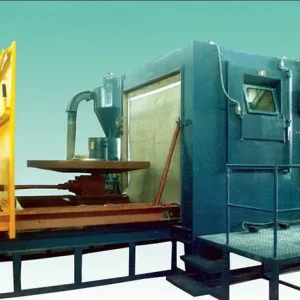Wet blast cabinets are essential tools for precision surface finishing across industries like aerospace, medical, automotive, and manufacturing. While these systems are engineered for durability and performance, regular maintenance is the key to extending their life and ensuring consistent results.
In this guide, we’ll cover the top maintenance tips to keep your wet blast cabinet running efficiently, reduce downtime, and avoid costly repairs.
Why Maintenance Matters
Wet blasting relies on a delicate balance of abrasive media, water, and compressed air. Over time, wear and tear can affect performance, surface quality, and safety. Proactive maintenance:
- Ensures consistent blasting performance
- Prevents clogging and media contamination
- Reduces wear on pumps, hoses, and nozzles
- Increases the lifespan of the equipment
- Lowers long-term operational costs
1. Inspect and Clean the Slurry Pump Regularly
The slurry pump is the heart of a wet blast cabinet. It circulates the abrasive-water mixture consistently through the system.
Maintenance Tips:
- Check for leaks or unusual noises weekly
- Flush the pump system regularly to remove sediment build-up
- Replace seals and impellers when wear is visible
- Never run the pump dry—it can cause immediate damage
2. Monitor Media Condition and Replace as Needed
Abrasive media breaks down over time, affecting finish quality and efficiency.
What to Do:
- Check media concentration in the slurry tank weekly
- Remove sludge and contaminated media from the tank
- Use high-quality media suitable for your application
- Replace media when it becomes too fine or inefficient
3. Clean and Check Nozzles
Nozzles determine the pressure and flow of the slurry stream. Worn or clogged nozzles reduce blasting accuracy.
Best Practices:
- Inspect nozzle tips for erosion or uneven wear
- Clean nozzle ports with compressed air or mild solvent
- Replace ceramic or tungsten nozzles when the opening widens or becomes irregular
4. Drain and Refill Water Regularly
Contaminated water reduces the efficiency of the blasting process and can corrode internal components.
Tips:
- Completely drain and refill the water reservoir every 1-2 weeks
- Use filtered or distilled water in high-precision environments
- Install a filtration system if water quality is poor in your facility
5. Check Seals, Gaskets, and Doors
Wet blast cabinets are designed to be airtight and watertight. Leaks or poor seals can cause messy operation and equipment damage.
What to Check:
- Door gaskets and lid seals for cracks or brittleness
- Hinges and latches for alignment and firmness
- Replace rubber components when they start to lose elasticity
6. Maintain the Lighting and Viewing Window
Clear visibility inside the cabinet is essential for precision blasting.
Types of Shot Blasting Machines
Comparing Sand Blasting Machine Manufacturers: What to Consider
Different Types of Sand Blasting Machines and Their Functions
Regular Checks:
- Wipe down the interior glass and replace fogged or etched windows
- Replace protective films as needed
- Ensure LED or halogen lights are functioning and sealed from moisture
7. Flush the Entire System During Downtime
If the machine will not be used for an extended period:
Do This:
- Drain all slurry and water
- Clean tanks, pipes, and pump thoroughly
- Dry internal components to avoid mold or rust
- Store in a dry, covered area to prevent corrosion
8. Schedule Annual Professional Service
Even with regular maintenance, it’s a good idea to have a certified technician perform a thorough annual check-up.
Professional servicing includes:
- Deep inspection of pump performance
- Full system calibration
- Internal cleaning and lubrication
- Replacement of high-wear parts
Bonus Tip: Keep a Maintenance Log
Track maintenance schedules, part replacements, and inspections in a maintenance logbook. This helps:
- Predict component lifespan
- Identify recurring issues early
- Maintain warranty compliance
- Ensure accountability among staff
Final Thoughts
Proper maintenance not only extends the life of your wet blast cabinet but also ensures safe and consistent surface finishes across every use. With a little routine care, you’ll protect your investment, reduce operating costs, and avoid unexpected downtime.
Wet blast cabinets are built to last—but only if you treat them like the precision tools they are.

